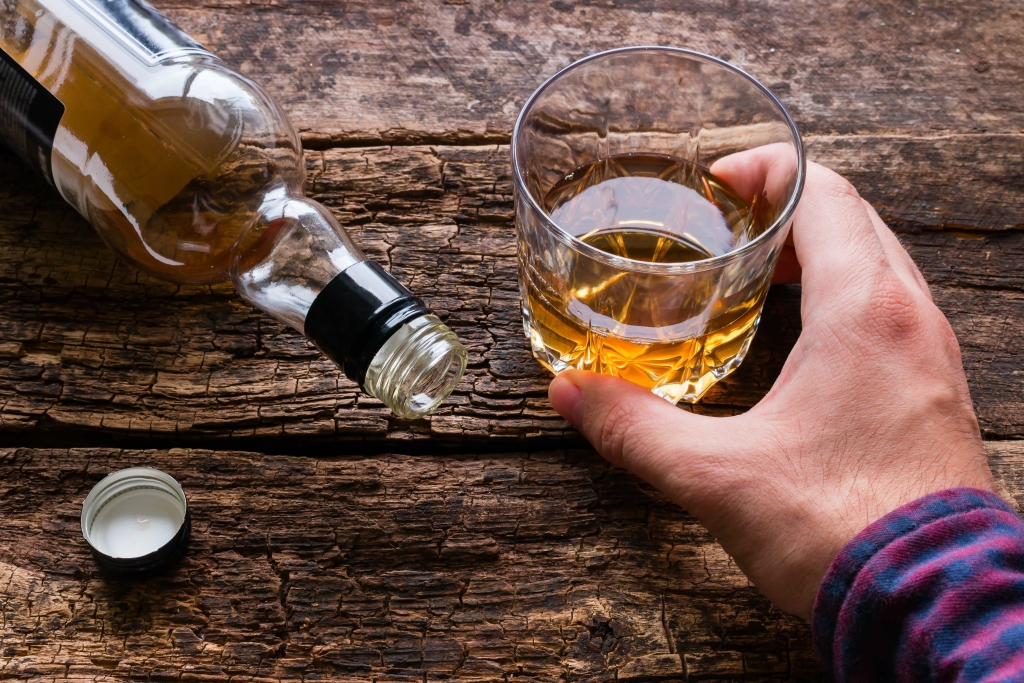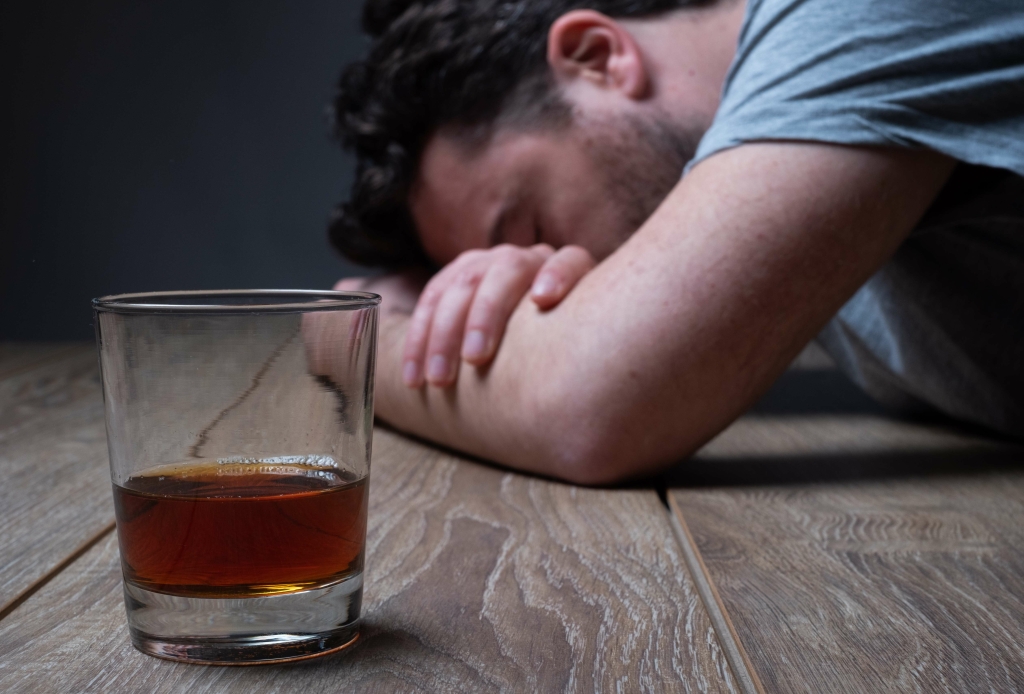
In many cases, those with PTSD may resort to alcohol to cope with symptoms they find unbearable. While alcohol initially offers a sense of relief, it eventually compounds the problem, trapping individuals in a cycle of trauma, alcohol usage disorders, and deteriorating mental health. And of course, if someone is using alcohol to mask Drug rehabilitation the symptoms of PTSD, that means they may go longer without realising they have PTSD, so the root cause of the symptoms goes untreated. In addition to the difficult symptoms PTSD causes, this mental health condition can also lead to serious complications. Potential complications include anxiety disorder, depression, eating disorders, suicidal behaviors, and substance use disorders. When drug or alcohol use reaches the level of addiction, it is called substance use disorder (SUD).

PTSD UK Supporters Store

You may have heard of 12-step or other mutual support and self-help programs, like Alcoholics Anonymous, Narcotics Anonymous, and Smart Recovery. They do not focus on treating PTSD, but many people who have both PTSD and problems with drugs and alcohol find them helpful. Combining mutual support and concurrent treatment is always an option. COPE (Concurrent Treatment of PTSD and Substance Use Disorders Using Prolonged Exposure) is a therapy that blends trauma-focused PTSD treatment with substance use treatment. Studies of COPE with Veterans and civilians have shown this integrated treatment improves PTSD symptoms. It is important to know that treatment can help people with PTSD and substance use problems.
Opioid and other Prescription Drug Misuse
Lastly, if you have PTSD, you might find that you have trouble relaxing. Don’t look to be “cured” all of a sudden or assume that you will forget what happened. If your stress reactions are https://ecosoberhouse.com/ getting in the way of your relationships, work or other important activities, you may want to talk to a counselor or your doctor.
- Co-occurring disorders often require integrated treatment, which addresses both issues simultaneously.
- It generally involves a comprehensive approach, including various therapies, support groups, and healthy coping mechanisms.
- The PTSD Checklist for DSM-5 (PCL-5) and the Primary Care PTSD Screen for DSM-5 (PC-PTSD-5) are evidence-based measures that screen for PTSD.
The Risk of Co-Occurring Disorders
Encouragement and support of your loved one’s efforts to stay and to tolerate the discomfort until it passes is therapeutic for them in the long-term, keeping in mind that they may have to work up to this goal. Serum tryptophan and kynurenine levels were determined by high-performance liquid chromatography, using an ultraviolet absorption detector for kynurenine and a fluorescence detector for tryptophan on Agilent Infinity 1290 systems (Agilent Technologies, CA, USA). The ratio of kynurenine to tryptophan concentrations × 103 (KT ratio) was ptsd blackouts calculated and used as a measure of the tryptophan degradation index. Serum BDNF concentration was determined by enzyme-linked immunosorbent assay (ELISA), using a commercially available kit Human BDNF Quantikine ELISA kit (R&D Systems, Minneapolis, MN, USA) based on a sandwich enzyme immunoassay technique. Steps for analysis were followed according to the manufacturer’s instructions.
- To make this transition smoother, compile a Distraction List – a collection of activities to engage in instead of reaching for a drink.
- The hazardous drinking construct, however, reflects all three of these domains to some degree.
- Family therapy can be an essential component of PTSD treatment, helping loved ones understand the condition while improving communication and support systems within the family unit.
- The presence of two to three symptoms indicates mild AUD, four to five symptoms indicate moderate AUD, and six or more symptoms indicate severe AUD.
RELATED POSTS
View all
